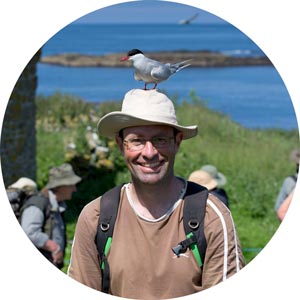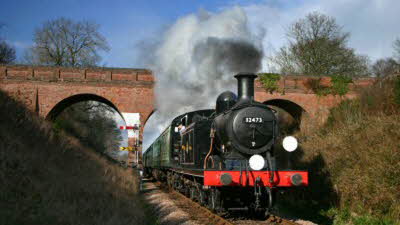David Chapman on the best Club sites for spotting different species of butterfly
We don’t need to go out of our way to see many butterflies in the UK: species such as the red admiral, small tortoiseshell and peacock commonly visit our gardens to drink nectar from our flowers. However, to see some rarer examples we must venture to specific locations. Here I have picked out five campsites on the Club’s network from which it is possible to walk to some of the UK’s best butterfly-spotting locations.
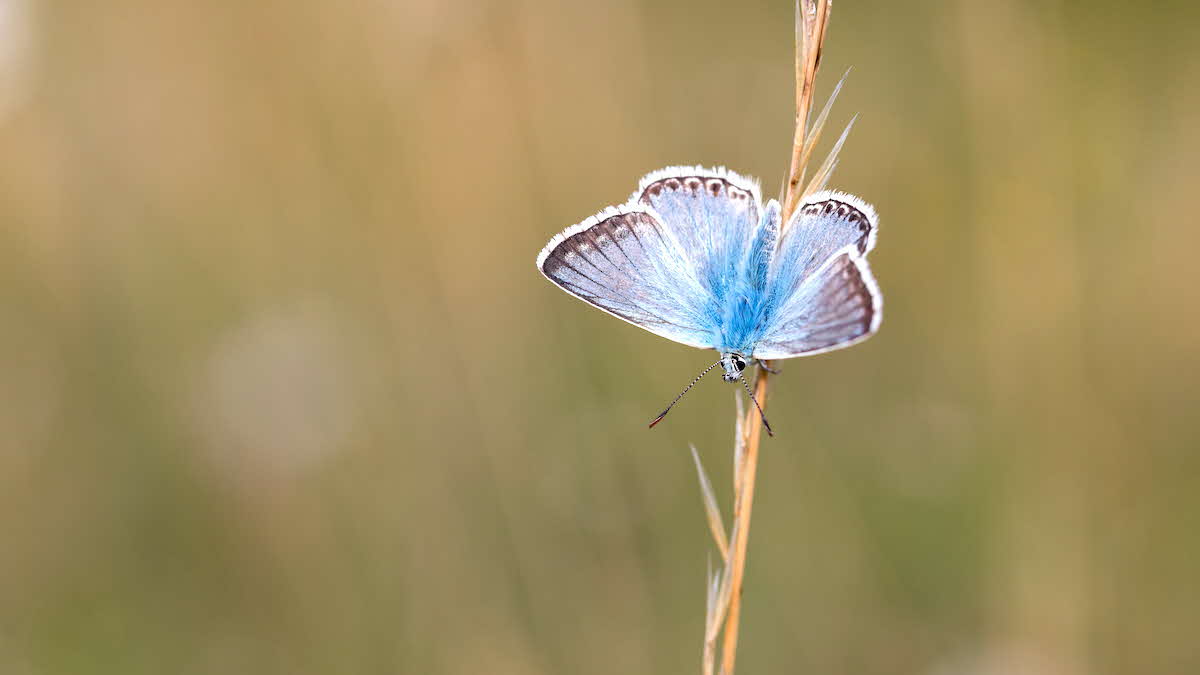 Male chalkhill blue butterfly
Male chalkhill blue butterfly
Spotting location: Upton Towans (Cornwall Wildlife Trust nature reserve)
Butterfly: silver-studded blue
Directions: Take the footpath from the back of the site, cross the road and then turn left into the dunes. Head for the very tall chimney and follow the path towards the sea. Only 100 yards from the chimney is one of the best areas of the dunes for silver-studded blues. The total walking distance is about two miles.
What to look for: The silver-studded blue is uncommon in Britain, found mostly in the south at scattered locations on heathland and duneland, but in late June and early July this pretty little butterfly is frequently seen on the dunes at Upton Towans. Visit on a sunny day and see them flitting between privet bushes, where they drink nectar and shelter from the wind. Also look for common blue, brown argus and dark green fritillary butterflies here, as well as the six-spot burnet moth, which is active during the day.
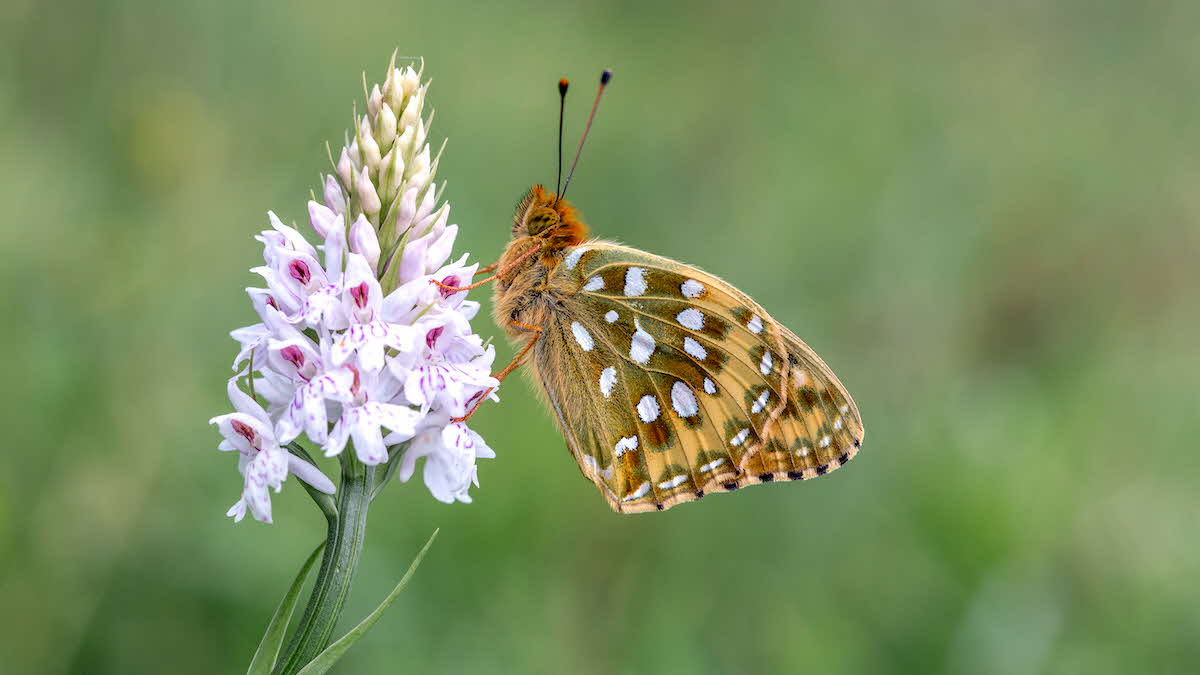 Dark green fritillary on a common spotted orchid
Dark green fritillary on a common spotted orchid
Spotting location: Magdalen Hill Down (Butterfly Conservation nature reserve).
Butterfly: 34 butterfly species have been recorded at Magdalen Hill Down, so it’s difficult to pick just one – but July is the peak season for chalkhill blues, and this is a great place to see them.
Directions: It is less than a mile from the site to the reserve: follow the B3404 towards Winchester and take the track to the left immediately after the cemetery.
What to look for: This is a chalk escarpment which is home to a wonderful mix of wildflowers, including knapweed, marjoram, agrimony, horseshoe vetch, sainfoin, field scabious, bird’s-foot trefoil, rock-rose, clustered bellflower and burnt orchid. Later in the summer, autumn lady’s tresses and autumn gentian are found here.
Regular visitors in July include brimstone, brown argus, chalkhill blue, common blue, small blue, marbled white, small heath, small skipper and Essex skipper. Other special butterflies seen here through the year include Adonis blue, Duke of Burgundy, grizzled skipper and dingy skipper, and green hairstreak, to name but a few.
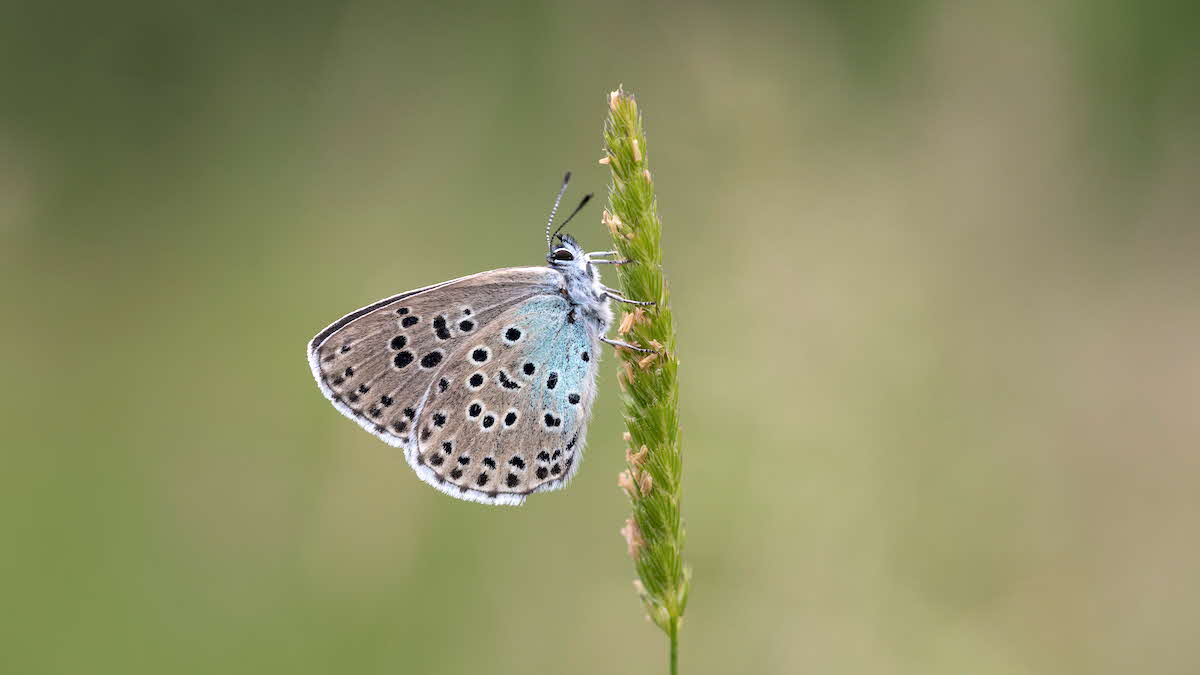 Female large blue
Female large blue
Spotting location: Daneway Banks, Sapperton (Gloucestershire Wildlife Trust nature reserve)
Butterfly: large blue
Directions: It is a ten-mile round walk from the Club site to Daneway Banks, via the Bathurst Estate. Alternatively, drive and park in Sapperton.
What to look for: This is limestone grassland with a rich flora offering, including rock-rose, wild thyme, cowslips and orchids. It is a very welcoming environment for butterflies, with dingy skipper, small blue, dark green fritillary and marbled white just some of the less common species seen here. But the most exciting inhabitant is the large blue, seen on the wing in June and July. This is a very special butterfly because it became extinct in Britain in the 1970s and was reintroduced from Sweden.
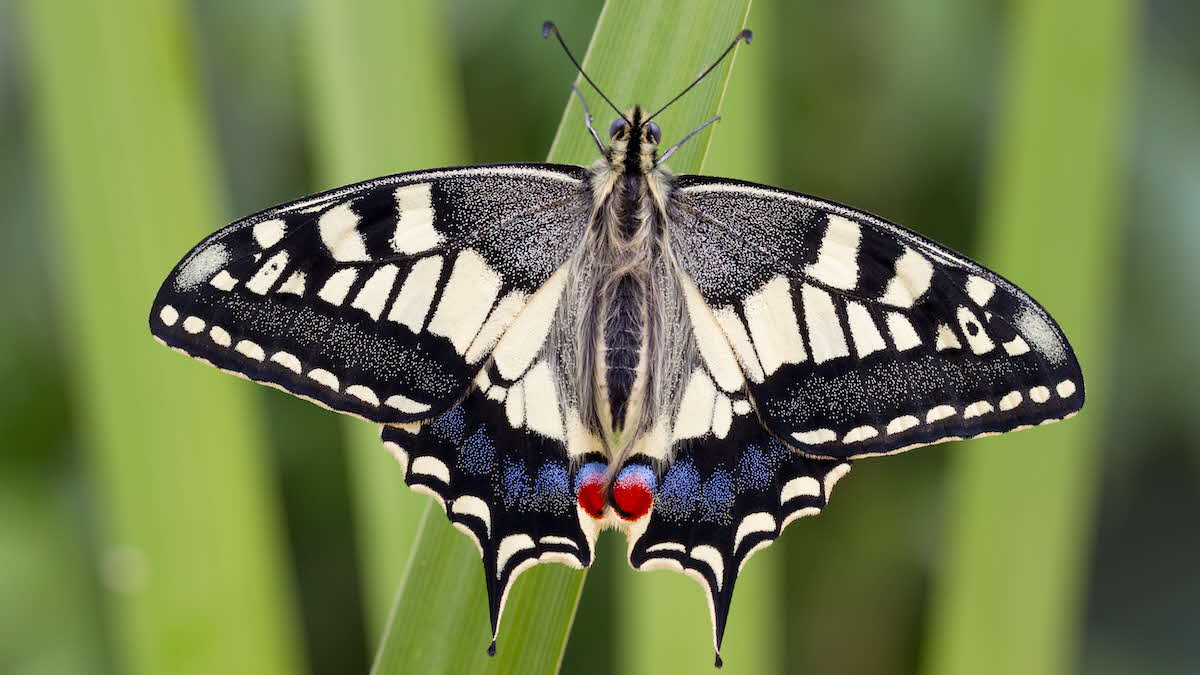 The impressive swallowtail butterfly
The impressive swallowtail butterfly
Spotting location: The Broads including How Hill National Nature Reserve (How Hill Trust) and Hickling Broad (Norfolk Wildlife Trust).
Butterfly: swallowtail
Directions: From the Club site there is a lovely walk of about one mile to How Hill. If you fail to see swallowtails there, try Hickling Broad, which is about six miles from the site (probably easiest by car or on a bicycle – it’s quite flat round the Broads!).
What to look for: The swallowtail is Britain’s biggest and arguably most impressive butterfly. It is only found around the Norfolk Broads and is on the wing from late May through to early July. So unless you can act quickly, I would suggest making a date in your diary for next year, early June being the best time to look for them. Swallowtails can be found on nectar-rich flowers, so check out garden borders as well as keeping an eye out for a large, powerful butterfly flying over the reedbeds.
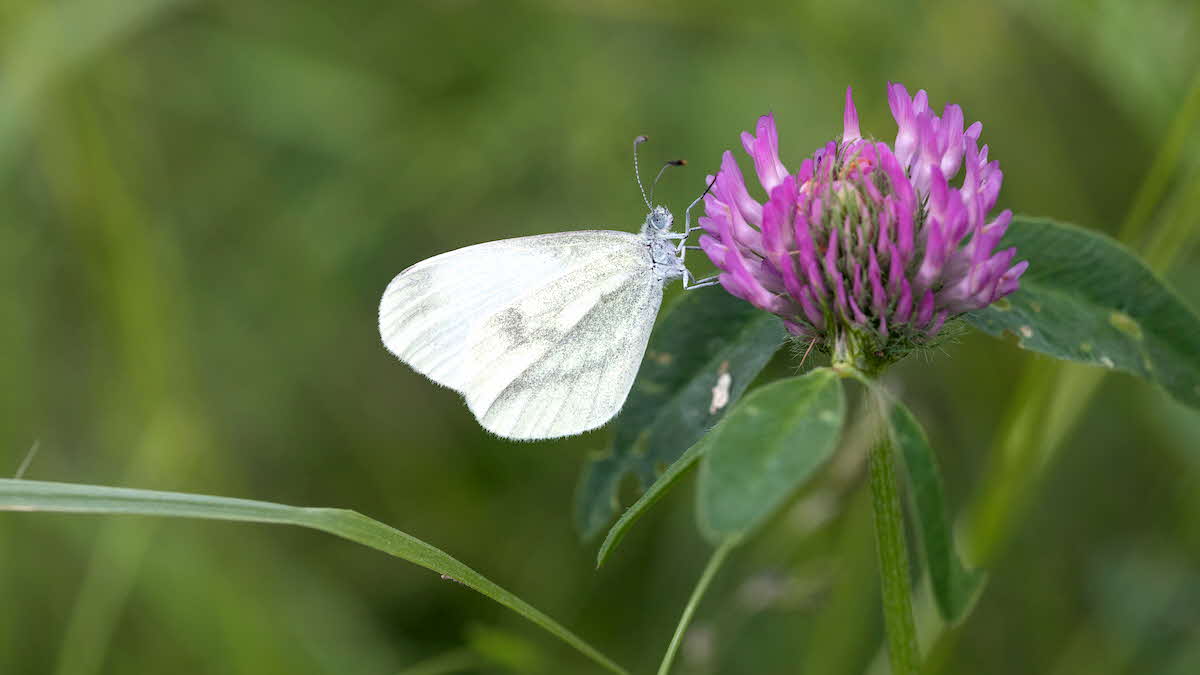 A rare wood white
A rare wood white
Spotting location: Haugh Wood
Butterfly: wood white
Directions: It’s about two miles along footpaths from the site to Haugh Wood. The wood white is best sought in June and again in August, but many other species can be seen here in July.
What to look for: The 350 hectares of mixed woodland here are regarded as nationally important for moths and butterflies. From the main car park there are two self-guided butterfly trails (1.5 and 2 miles long). The most impressive butterflies in June and July include wood white, silver-washed fritillary, white-letter hairstreak and white admiral. Earlier in the summer pearl-bordered fritillaries can be seen.
Mystery photo

Every month I will show you a photo of something from the natural world. It might be a close-up, or a subject that is difficult to identify. All you have to do is figure out what it is! Here is this month’s photo; no clues or prizes – it’s just for fun. I will give you the answer next month – but if you can’t wait, log in to the Digital Magazine app.
The subject of June’s mystery photo was: a puffin


 Male chalkhill blue butterfly
Male chalkhill blue butterfly Dark green fritillary on a common spotted orchid
Dark green fritillary on a common spotted orchid Female large blue
Female large blue The impressive swallowtail butterfly
The impressive swallowtail butterfly A rare wood white
A rare wood white
